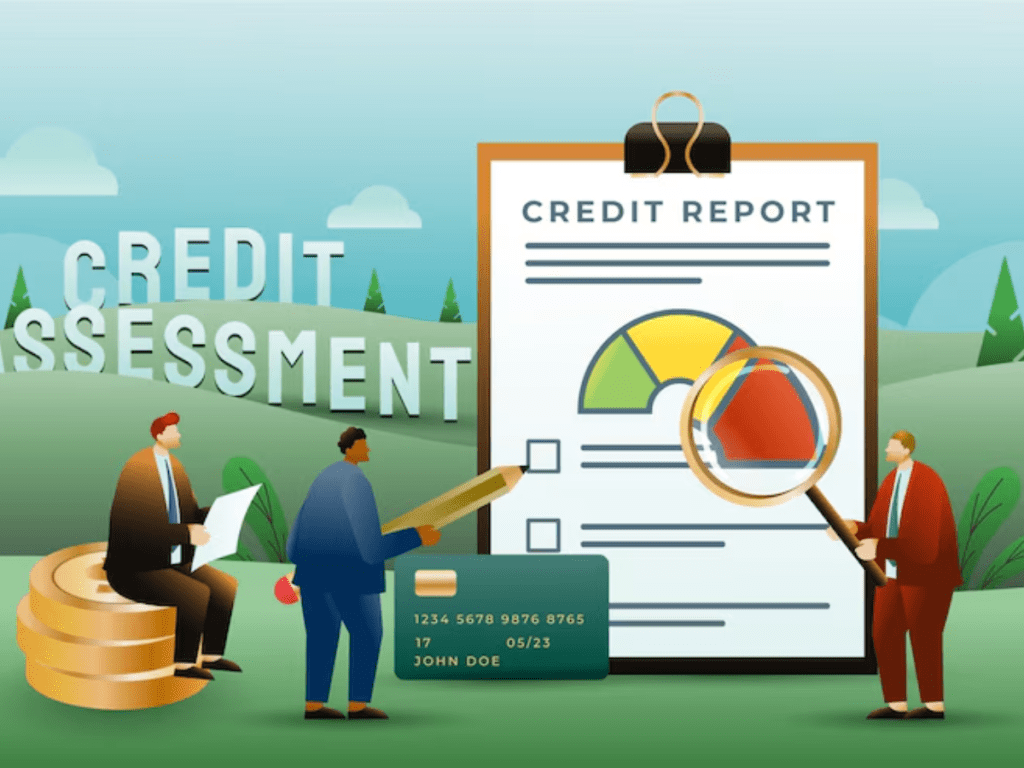Introduction
Handling multiple loans is a situation faced by many people in the current financial world. With various financial commitments such as home loans, car loans, student loans, credit card debt, or personal loans, it’s common for individuals to be in a place where they owe more than one loan. Having a wide variety of loans may provide financial flexibility but at the same time, it poses its challenges. Every loan has its own interest rate, payback period, and effect on your credit rating. Unless properly managed, several loans can create unmanageable financial burdens, declining credit ratings, and in some instances, a debt spiral downward into insolvency. It is thus imperative to handle these loans tactically to avoid undesirable outcomes. Effectively managing multiple loans requires knowledge of loan terms, keeping track of due dates, prioritizing high-interest debt, and using tools and strategies to streamline the repayment process.
Evaluating Your Current Financial Situation
Prior to any debt management approach, your finances should be evaluated in detail. This will provide you with a precise picture of the amount of debt you have, the interest charges you are making, and how much income is available to make your monthly payments. The first thing you do in evaluating your financial position is to identify all of your outstanding loans and credit commitments. This list must comprise information like outstanding total balance, interest rates, minimum monthly payment, and time remaining on each loan. Remember to include revolving credit such as credit card debt, which quickly mounts up and adds to your overall financial strain. Alongside your loan information, ensure to monitor your expenses and income. Knowing how much is being brought in compared to how much is being spent is an important aspect of debt management. Knowing your income helps you realize how much of your income can be used for debt repayment without neglecting basic living costs. With a complete picture of your financial standing, you are better able to design a strategy for paying and decreasing your debt without jeopardizing your financial security.
Designing a Debt Repayment Prioritization Strategy
One of the best strategies for dealing with several loans is prioritizing the repayment of your debt. All loans are not equal. Certain loans have higher interest rates and stricter repayment terms, while others have lower interest rates or tax advantages. One effective way to deal with multiple loans is to prioritize paying off the high-interest loan first. This method is also referred to as the avalanche method. The avalanche technique is where you identify your most interest-intensive loan and put more money toward paying it off while paying the minimum on other loans. By concentrating on the loan with the highest interest, you will pay less interest total in the long run, so you can pay off your debt faster. The snowball technique, on the other hand, might be better for people who want an emotional lift with paying off their debt. In the snowball approach, you pay off the smallest loan first, no matter what the interest rate is. After paying off the smallest loan, you continue to the next smallest one, and so forth. This approach can give you a feeling of achievement and encouragement when you eliminate each loan. The trick is to remain steady in your repayments, don’t miss payment deadlines, and don’t pile up new debts. Although both strategies have merits, it is important to opt for the one that best fits your financial targets and emotional tolerance.
Organizing Automated Payments to Prevent Defaults
One of the easiest and most effective solutions to juggle multiple loans is to automate payments. Automation ensures you never forget an EMI due date, which can have a drastic effect on your credit history and overall financial health. Automatic payment facilities are offered by most banks and financial institutions, and they can be arranged through your bank account or directly with your lender. By establishing automatic payment of your monthly loan obligations, you decrease the chances of missing deadlines and incurring penalties. Furthermore, automatic payments will prevent you from having to recall each loan’s due date. Yet, even though automation is a useful option, it is important to know that your account should always be adequately funded so that you have enough money for your payments. Low balances may result in unsuccessful transactions, which may have additional charges or penalties. Reviewing your automatic payment arrangement at intervals is also a wise idea to make sure the amounts are up-to-date and in accordance with your terms of loan. If you prefer not to automate, establishing regular reminders for due dates of each of your loans can also keep you in good standing.
Rolling Over Loans to Streamline Repayments
Debt consolidation can be a huge relief for those who find it difficult to keep track of several loans. Loan consolidation means taking a loan to settle multiple outstanding loans. This is especially useful when you are handling unsecured loans, like credit card balances or personal loans. By rolling all of your loans together, you can streamline your financial responsibilities into a single loan, with only one payment plan and, ideally, a smaller interest rate. The lower interest rate that debt consolidation brings will decrease the amount you pay towards your loans as interest, ultimately lowering the overall expense of the loans. Also, consolidating your loans can enable you to stretch out the repayment period, reducing your monthly payments and making them easier to afford. But be careful when you consolidate debt. You want to review carefully the terms and fees for the consolidation loan, such as any possible processing fees or prepayment penalties. It is also important to make sure that combining your loans does not lead to a higher rate of interest or longer repayment period that may drive up the total cost of the loan. Consolidation is a good idea for people who are bogged down by several loans, but one must be cautious while doing it and make sure that the new terms of the loan are good.
Evading the Urge of Taking New Loans
One of the key things in juggling many loans is fighting the urge to accumulate more. In a day and age when there is an abundance of instant access to credit and loans, it is so simple to allow yourself to become caught up in the thrill of a new buy or thevenience of a new line of credit. However, borrowing money when you already have several debts can make your financial situation worse and even more challenging to afford your debt. Steer clear from new debt to maintain your finances in check. When considering applying for a new loan, first, ask yourself if the loan is really needed. If the loan is for a luxury purchase or vice, it is perhaps wiser to wait until your current loans are manageable. Also, adding debt will increase your credit utilization ratio, which hurts your credit score. The higher your credit utilization ratio, the more you are using credit, and that can be an indication of financial instability to lenders. Being financially disciplined and not taking unnecessary loans is essential to keeping your finances in check and making sure that you are able to handle your present commitments successfully.
Keeping Your Credit Score Healthy Through Thoughtful Measures
Your credit score is a vital factor in determining your financial health and has a significant impact on how you are able to borrow money in the future. Managing multiple loans without negatively impacting your credit score requires intentional and strategic actions. The key to maintaining a healthy credit score while managing multiple loans is to pay your monthly installments on time. Even one missed payment can significantly impact your score and lead to additional penalties. Therefore, ensuring that all of your loans are paid on time is critical. Along with on-time payments, keeping your credit utilization ratio low is another key consideration for your credit score. This applies most particularly to credit cards and revolving credit. You should try to keep your credit utilization ratio at or below 30 percent, as higher utilization can harm your score. It is also a good idea to regularly review your credit report to make sure that there are no inaccuracies or errors that could be harming your credit score. If you find any discrepancies, it is a good idea to have them corrected immediately by disputing them with the proper credit bureau. A good credit score not only increases your potential to get favorable terms on loans in the future but also enables you to leverage lower interest rates and improved financial prospects.
Building a Realistic Budget to Stay in Control
A realistic budget is one of the most effective tools to handle multiple loans. Making a budget in real life keeps you aware of your money commitments, prevents you from spending too much money, and guarantees that your loan payments are completed on time. Begin by creating a list of all your income sources and your monthly expenses. This will cover fixed expenses like rent or mortgage, utilities, and loan repayment, as well as variable expenses like food, entertainment, and discretionary spending. After you know your income and expenses clearly, set aside part of your income for loan repayment. The rule of thumb is the 50/30/20 rule: 50 percent of your income should go to essentials, 30 percent can be spent on discretionary items, and 20 percent should go towards savings and debt repayment. By sticking to a budget, you can prevent overspending on discretionary items and make sure that your loan payments are always made. If you determine that your budget is too strict, identify places where you may reduce your spending. Cutting discretionary expenses or brainstorming ways to lower fixed expenses can release more dollars for paying off loans.

